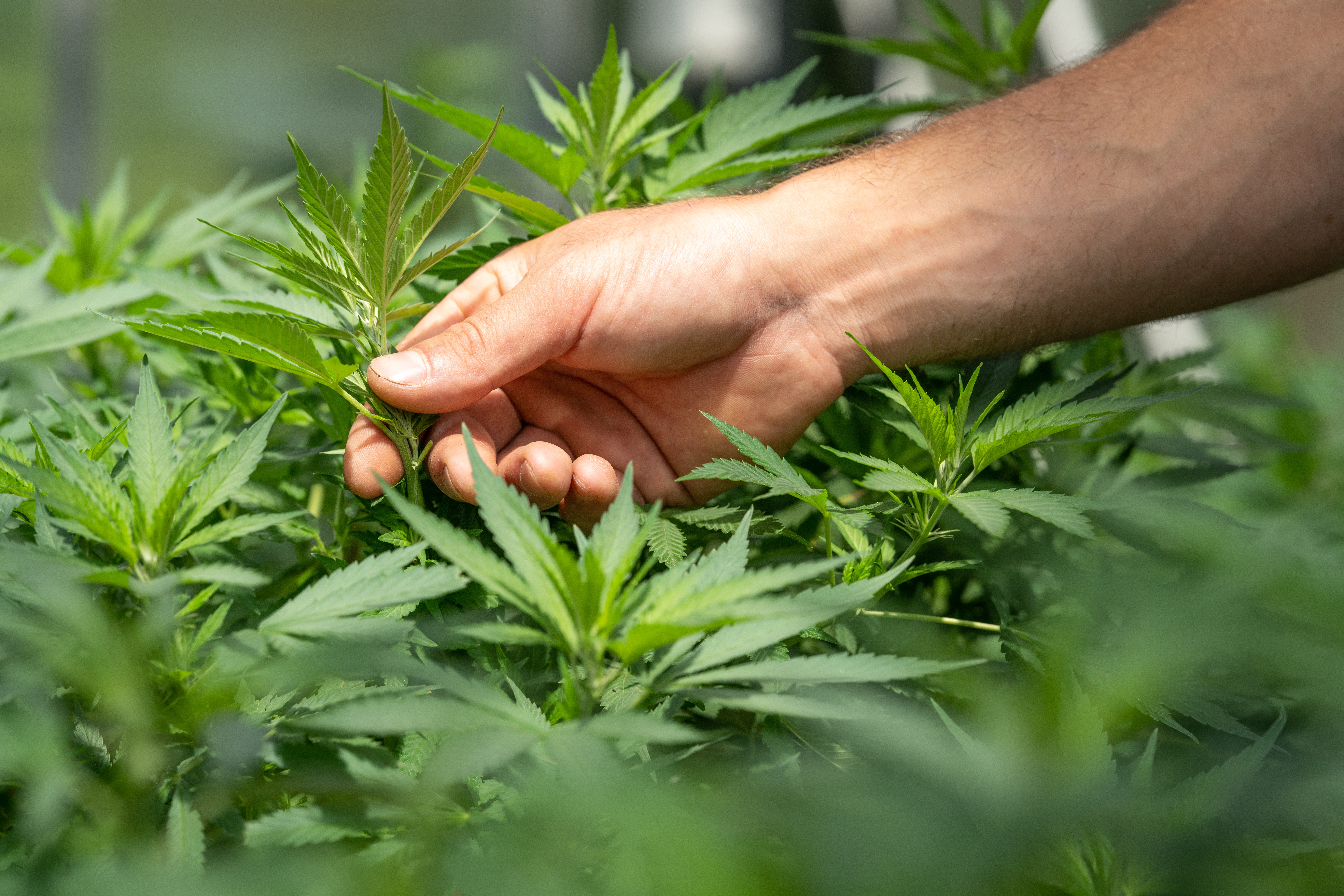Cannabis seeds on the move: Exploring shipping policies and trends across seed banks

In recent years, the cannabis industry has burgeoned, primarily due to changing regulations, scientific research, and shifting societal attitudes. One subset of the cannabis industry that has attracted significant attention is the sale and distribution of cannabis seeds.
Seed banks, repositories of diverse cannabis seed strains, have been sprouting across regions. This article delves deep into the current shipping policies and trends among these seed banks, providing a panoramic understanding of the seed distribution landscape.
The evolving regulatory landscape
National and regional regulations
Many countries have adapted their policies towards cannabis, thereby influencing seed bank shipping policies. While the possession and sale of cannabis seeds are legal in some jurisdictions, others maintain strict prohibitions.
- Canada: Since the Cannabis Act of 2018, adults can buy, use, and grow cannabis legally. However, only seeds from licensed providers are allowed for sale.
- European Union: Member states have varied stances. The Netherlands, for example, allows the sale of seeds, but not all member countries do.
- United States: The federal stance remains staunch against cannabis, but individual states have their own rules. In some states, it’s legal to purchase and possess cannabis seeds, while in others, it remains illegal.
Adaptations by seed banks:
Seed banks have to be astutely aware of both sending and receiving countries’ regulations. Often, seed banks ensure their customers bear responsibility for understanding local laws before making a purchase. Discretionary shipping, including unbranded packaging and strategic labeling, is often employed to navigate restrictive regions.
Trends in packaging and stealth shipping
Stealth shipping
- Stealth shipping has become a notable trend among seed banks. This involves shipping seeds in a manner where their identity remains concealed, often inside everyday objects or alongside unrelated items.
- Items like DVD cases, toys, or even electronics can be used.
- Stealth shipping usually incurs an additional fee but offers added security and peace of mind.
Eco-friendly packaging
- With rising global concerns for the environment, the best seed banks have transitioned to sustainable packaging solutions.
- Use of biodegradable or recyclable materials.
- Encouraging customers to recycle packaging post-delivery.
Strain authenticity and sed quality control
Ensuring the authenticity of strains and maintaining seed viability are paramount concerns for seed banks.
Authentication yechniques
- DNA sequencing: Modern seed banks are using DNA sequencing to validate the authenticity of strains, ensuring customers receive exactly what they ordered.
- Breeder collaborations: By collaborating directly with breeders, seed banks ensure a direct supply of genuine strains.
Viability and storage
Seed banks employ sophisticated storage techniques to guarantee the viability of seeds during storage and transit:
- Temperature-controlled environments: Prevent degradation and prolong seed lifespan.
- Moisture monitoring: Excess moisture can cause seed decay or premature germination.
- Customers at the helm: Emerging preferences and expectations
The evolving demands and preferences of customers heavily influence seed bank shipping policies.
- Tracking and transparency: Modern customers expect complete transparency regarding their orders. Many seed banks now offer real-time tracking and detailed shipment histories.
- Shipping duration: With the rise of instant gratification in e-commerce, seed buyers expect quick deliveries. Express shipping options, even at premium costs, have become standard offerings.
- Guarantees and refunds: More seed banks are offering germination guarantees or no-questions-asked refunds, reflecting confidence in their product quality.
Navigating global tariffs and duties: The hidden costs
As seed banks increasingly cater to a global clientele, navigating the complex landscape of tariffs, taxes, and duties becomes essential. These hidden costs can affect the final price paid by the consumer and influence the purchasing decisions.
Understanding tariffs and duties:
- At their core, tariffs and duties are taxes imposed on goods when they cross international borders. While tariffs are usually levied on the import or export value of goods, duties might be fixed or based on the product’s weight, number, or other metrics.
Factors influencing seed-related tariffs
- Product Classification: Cannabis seeds can be categorized differently based on their intended use – for cultivation, as souvenirs, or for consumption. Each category may attract different tariff rates.
- Trade agreements: Bilateral or multilateral trade agreements between countries can lead to reduced or zero tariffs for certain products, including cannabis seeds. For instance, countries within free trade zones might have minimal to no tariffs for trade amongst themselves.
How seed banks are navigating tariffs
- Accurate documentation: Ensuring that every international shipment is accompanied by accurate documentation helps in the swift processing of orders and minimizes the risk of additional duties or penalties.
- Tariff updates: Regularly updating tariff information and communicating potential costs to customers can enhance transparency and reduce post-purchase dissonance.
The consumer’s role
From a customer’s perspective, it’s essential to:
- Be aware of potential additional costs when ordering internationally.
- Check with local customs regulations to understand any restrictions or duties before making a purchase.
Conclusion
The journey of cannabis seeds, from seed banks to cultivators, is intricate, shaped by evolving regulations, innovative shipping techniques, and ever-increasing customer expectations.
For enthusiasts, breeders, and casual cultivators alike, understanding this landscape not only ensures a smoother buying experience but also fosters an appreciation for the lengths seed banks go to in delivering quality and authenticity. As regulations continue to evolve and the industry matures, one can expect further shifts in trends, always leaning towards enhancing the customer experience and product reliability.





